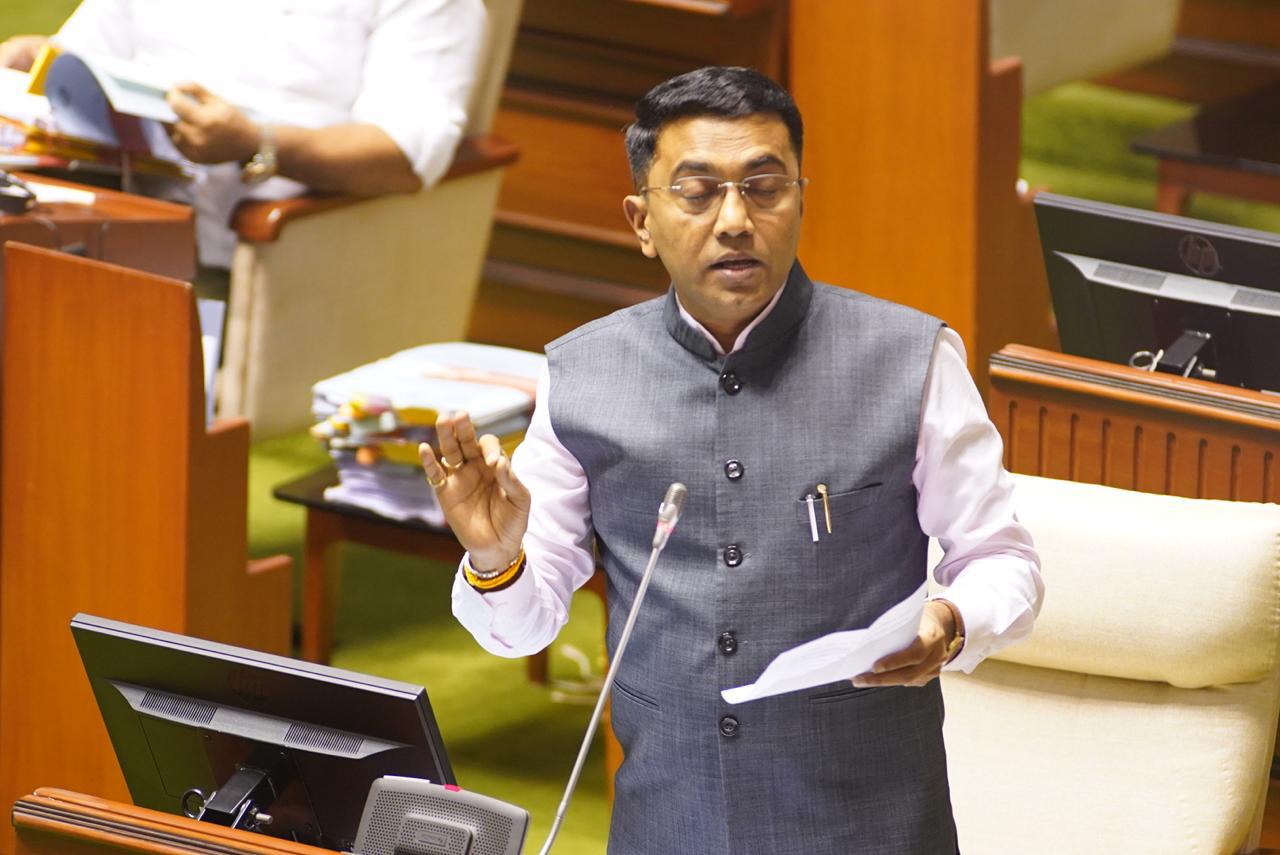Denying rights to a script like Romi is not just a bureaucratic act but a way of shrinking the cultural and emotional world of its users

Last week, the issue of Romi Konkani came up in the Assembly. The Congress Opposition (whose partymen birthed this controversy around the 1980s) raised the issue. The ruling BJP ducked the same, and some ruling legislators were not present while the vote was taken.
The battle for Romi has been for some time now. What is interesting is the case made by the State, against allowing any trace of Romi to enter schools.
What explains the hardline stand of the Goa government against Romi? Is it a "foreign" script still? Is there an allergy to a script and dialect because it is used primarily by a minority, and can thus be ignored and delegitimised? The arguments in the debate were spearheaded mainly by Chief Minister Pramod Sawant. Apart from Sawant's offence, few other ruling members came up with arguments against Romi. Maybe this reflects their political interests in their respective constituncies.
Sawant's arguments were interesting. He caught the Opposition on the wrong foot by quoting from PS Varde's book on education in Goa, 'History of Education in Goa: From 1510 to 1975'. This is a text many would have forgotten, and the Opposition seemed confused over (connecting it wrongly with the work of his scientist-son NPS Varde).
Sawant pointed to the Jha Commission of 1962 on education in Goa, which suggested that Nagari should be made the medium of instruction if Konkani gets introduced in the primary schools. Both these arguments, incidentally, are conveniently cut-and-pasted from the writings of Nagari votary Uday Bhembre.
(Bhembre notes that the Jha Committee arrived in Goa in April 1962, and spent over a fortnight studying education here. It recommended, among other things, that Konkani could be taught as the medium of instruction at the primary, and if chosen, the script should be Nagari. This was before Dayanand Bandodkar and his ministry could rake up the Konkani-is-a-dialect-of-Marathi row that dominated Goan politics for quite some time in the 1960s.)
Sawant pointed to the collapse of Konkani schools (incidentally, in Devanagari) mainly in "South Goa, particularly Salcete" after the "convent schools" were started.
The CM's arguments were that two scripts could "cause confusion". He said Marathi schools were doing well (the statistics go counter to this). He raked up the issue of the shift-over to English. Incidentally, during the Medium of Instruction controversy, the ideological ilk of Sawant & Co. were singing a different tune.
Sawant pointed to the growth of (Nagari) Konkani upto the MA level at the Goa University. He pointed to the Dalgado Konknni Akademi, which has started getting government grants since the past decade-and-half, as the route by which "Romi can be learnt". That Dalgado is not a teaching institution, or lacks the capacity to do so, is entirely another matter.
The CM went on to argue that those interested to "create their own literature" in Romi could do so, the NEP Committee had also supported Nagari, the High Court had disallowed a petition for Romi. (Incidentally, the last was on an entirely different matter, and on different technical grounds, as Wilson 'Wilmix' Mazarello, who was behind this petition has clarified.)
The CM claimed that the Sahitya Akademi accepts Konkani only in Devanagari (which is true, and it has already seen a lot of protests over this, from Kannada script Konkani writers as well).
He went on to say that Konkani in Nagari made it to the Eighth Schedule. This is incorrect. The Eighth Schedule of the Indian Constitution recognises languages, not scripts.
Konkani was added to the Eighth Schedule in 1992 via the 71st Amendment, but the Schedule itself does not specify any script. The association of Konkani with the Devanagari script stems from the Goa, Daman and Diu Official Language Act, 1987, which declared Konkani in Devanagari as the official language of Goa. This is a state-level policy, not a constitutional requirement. The latter was also passed in a contentious manner, a matter which is yet to be adequately understood.
The CM spoke with emotion about the "unity of Goans", and the Miramar statue which symbolised this. If a Goan is recognised anywhere, it's because of his (Konkani) language, he suggested. Touching indeed.
Given all this, one can conclude that the Goa government’s opposition to granting Romi Konkani any formal place in school education is not just about pedagogy or script preference. It is deeply rooted in political, cultural, and identity-based calculations.
There are many political reasons for this. One is the jostling for cultural hegemony within Goa. Unfortunately, we are still divided on community and caste, and don't see a commonness in the State. We also don't want The Other (someone 'different from us') to get a voice.
Since the 1980s, Nagari has served as a 'middle-way' compromise to marginalise both Romi Konkani and Marathi, while also keeping dominant groups placated. This alliance cannot be unsettled. Electoral calculations and demographic shifts are also undeniably part of the game.
Control over educational institutions is also what one is seeing here. Curricular flexibility or symbolic wins are not to be permitted. Resistance from dominant lobbies, which by now have stakes of their own, including the Konkani Bhasha Mandal (KBM) and the Goa Konkani Akademi (GKA), are a reality too.
BJP's ideological leanings which valourises Sanskrit, Devanagari and majoritarian civilisational narratives comes into play here. Having said that, this same thinking had won the upper hand even in Congress times. Ironically enough, Romi users were strongly anti-merger with Maharashtra in the 1967 Opinion Poll. But they have been since politically sidelined.
Denying rights to a script like Romi is not just a bureaucratic act but a way of shrinking the cultural and emotional world of its users. Article 29(1) of the Indian Constitution recognises this.